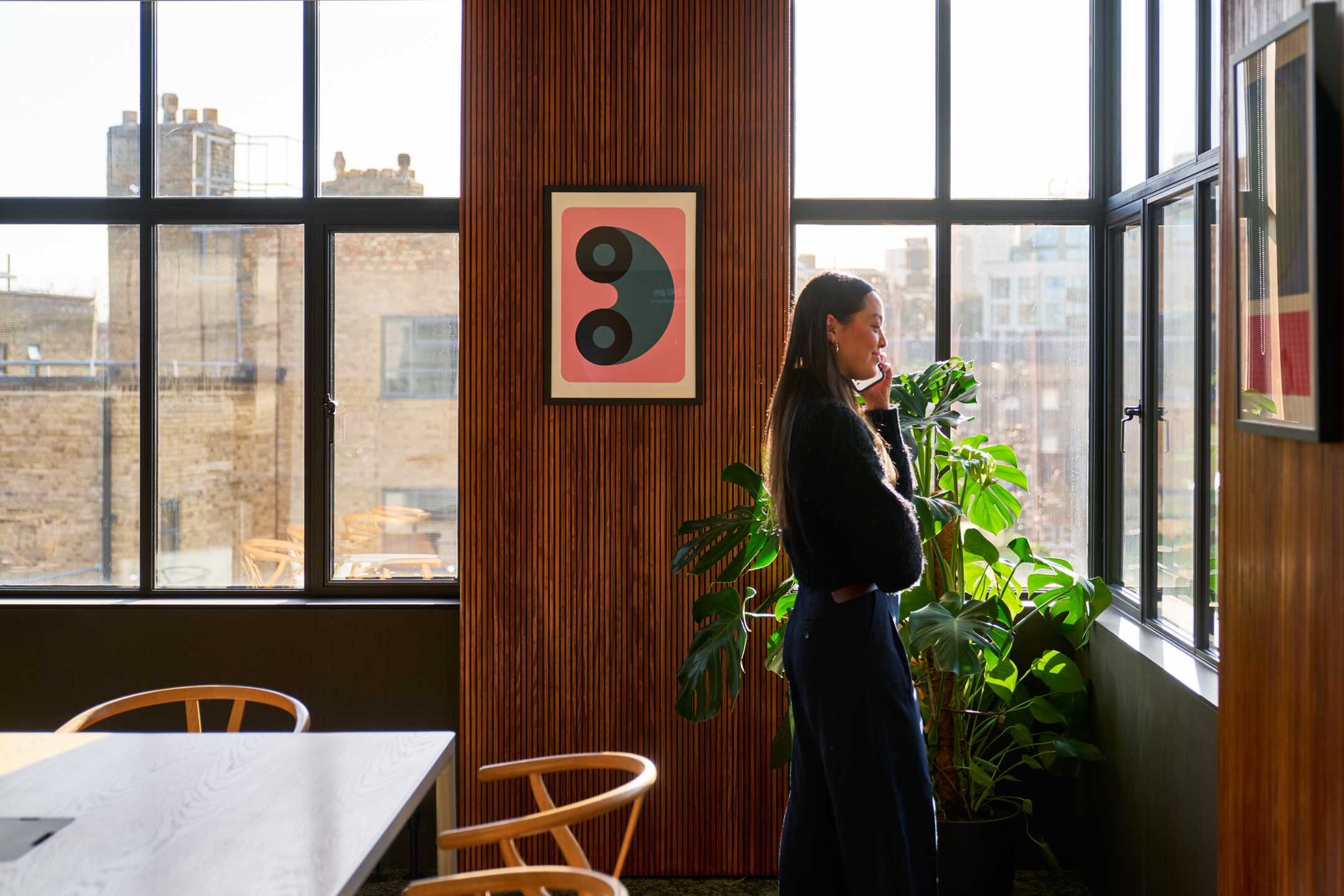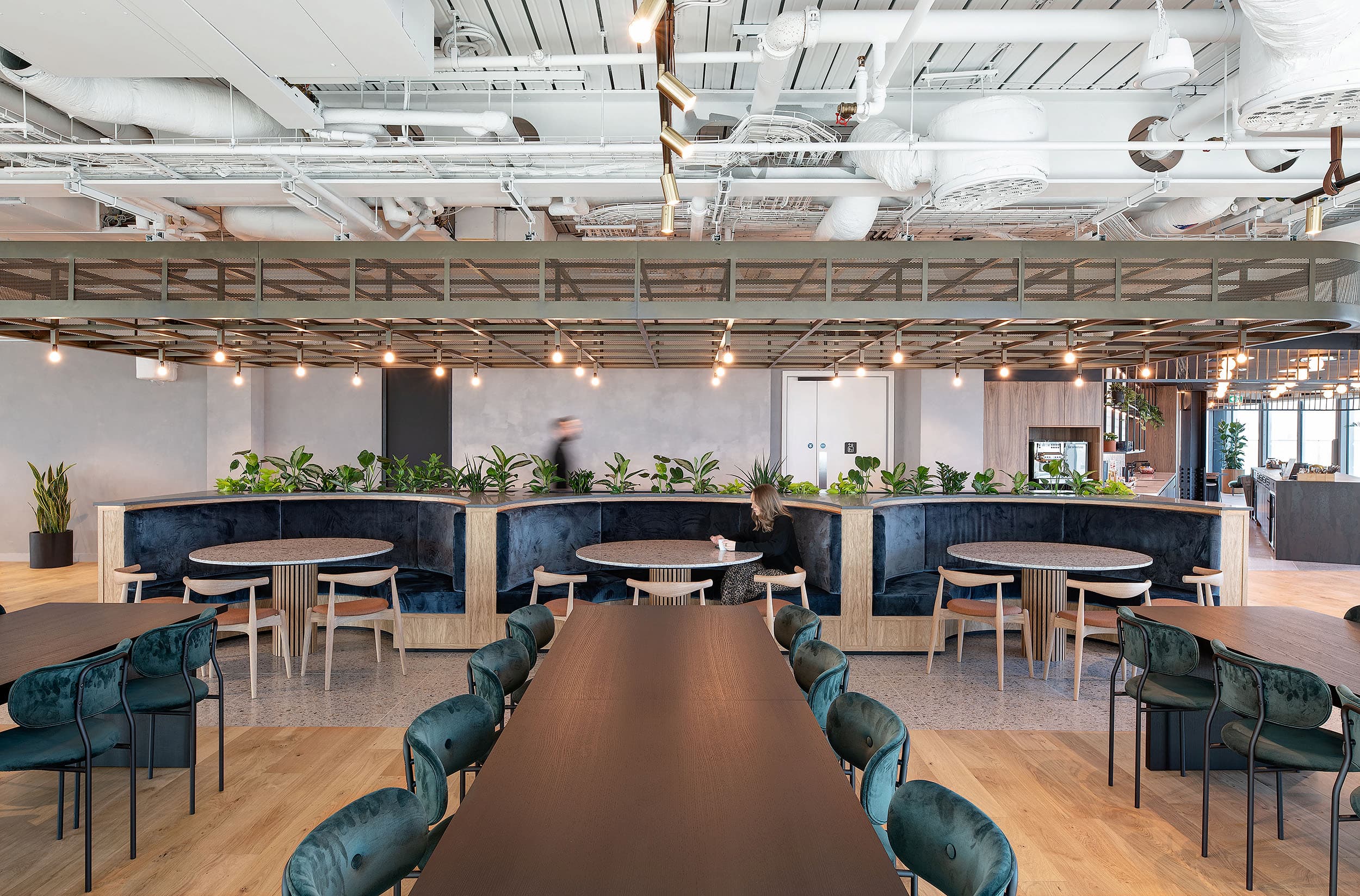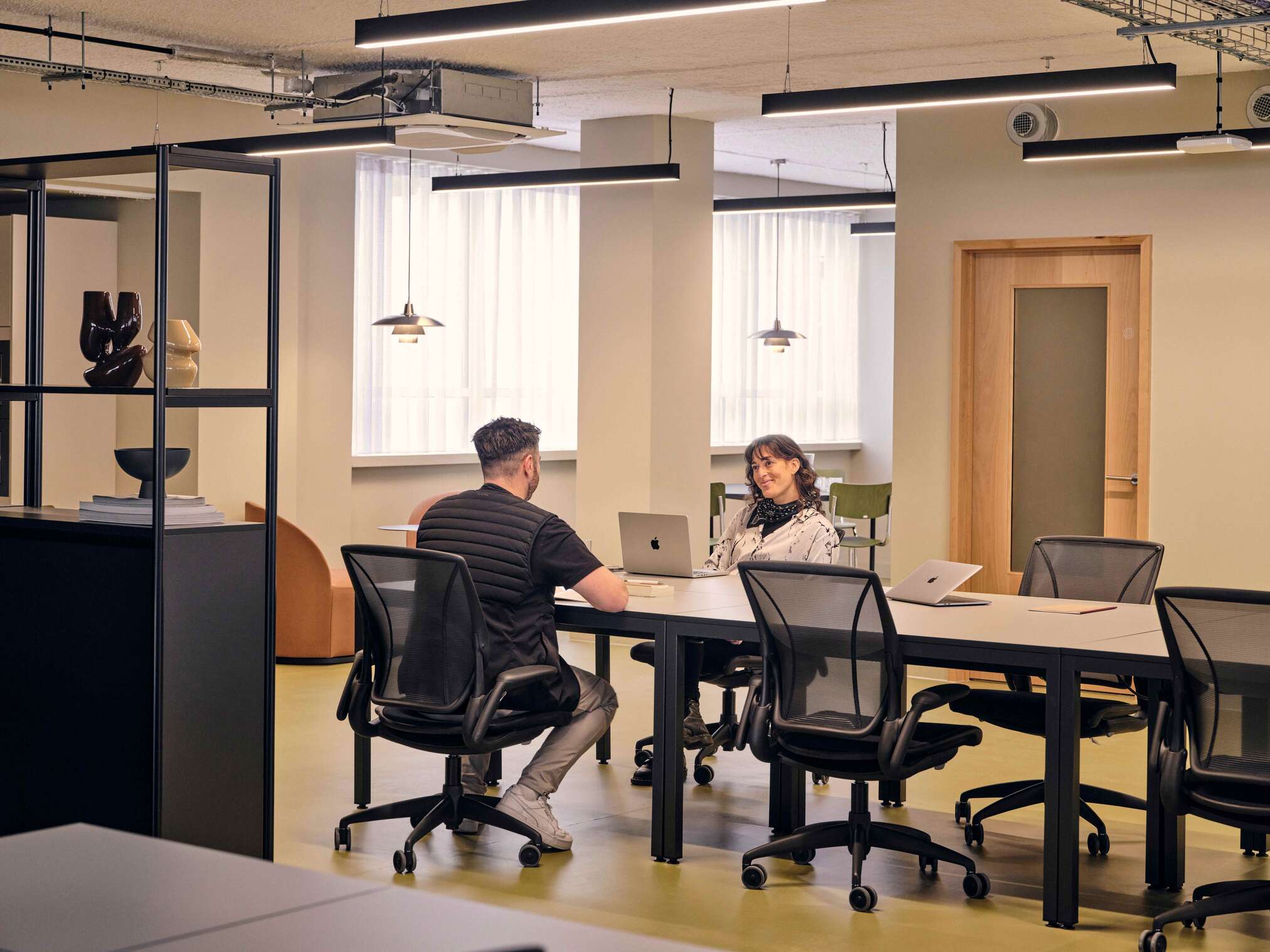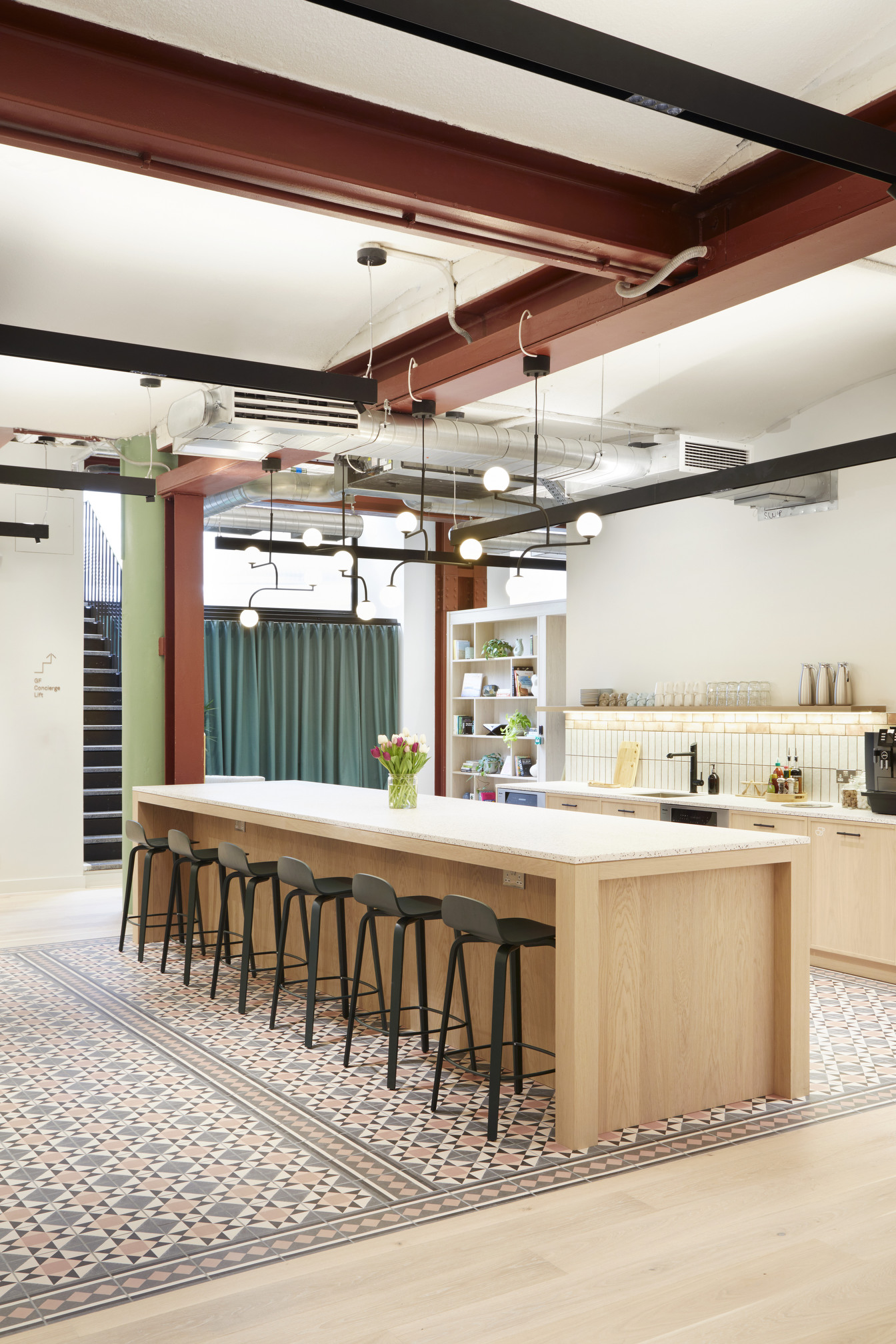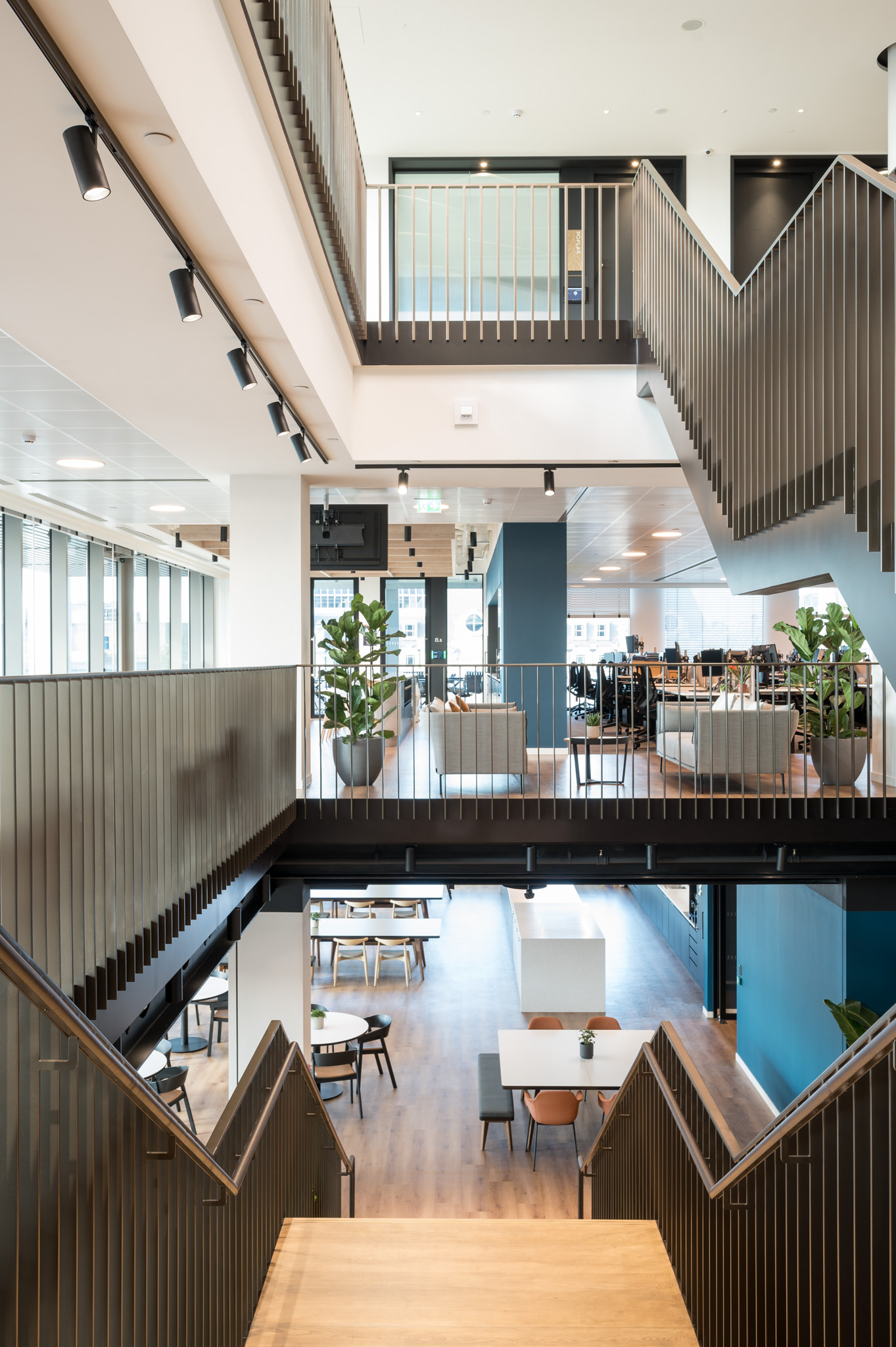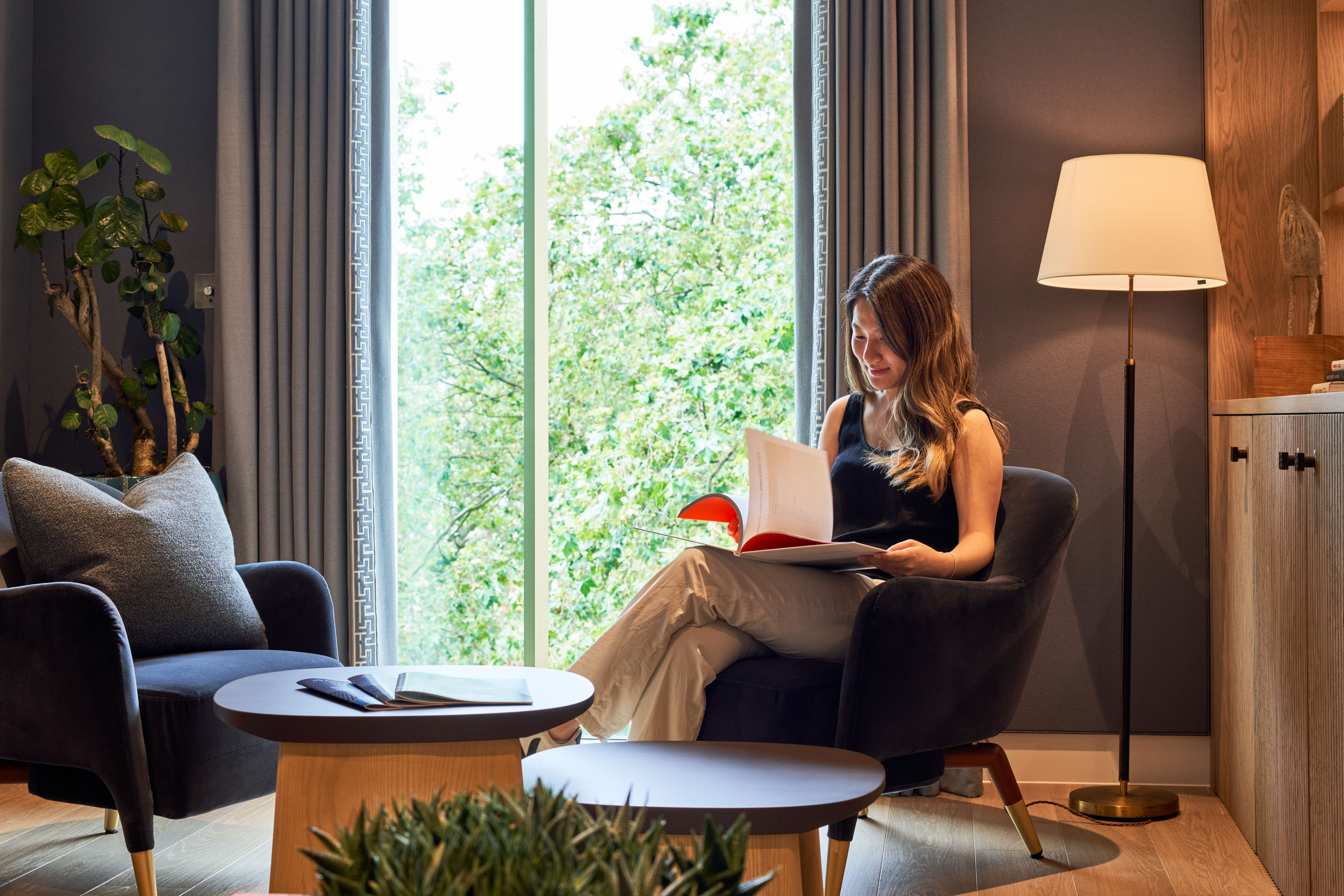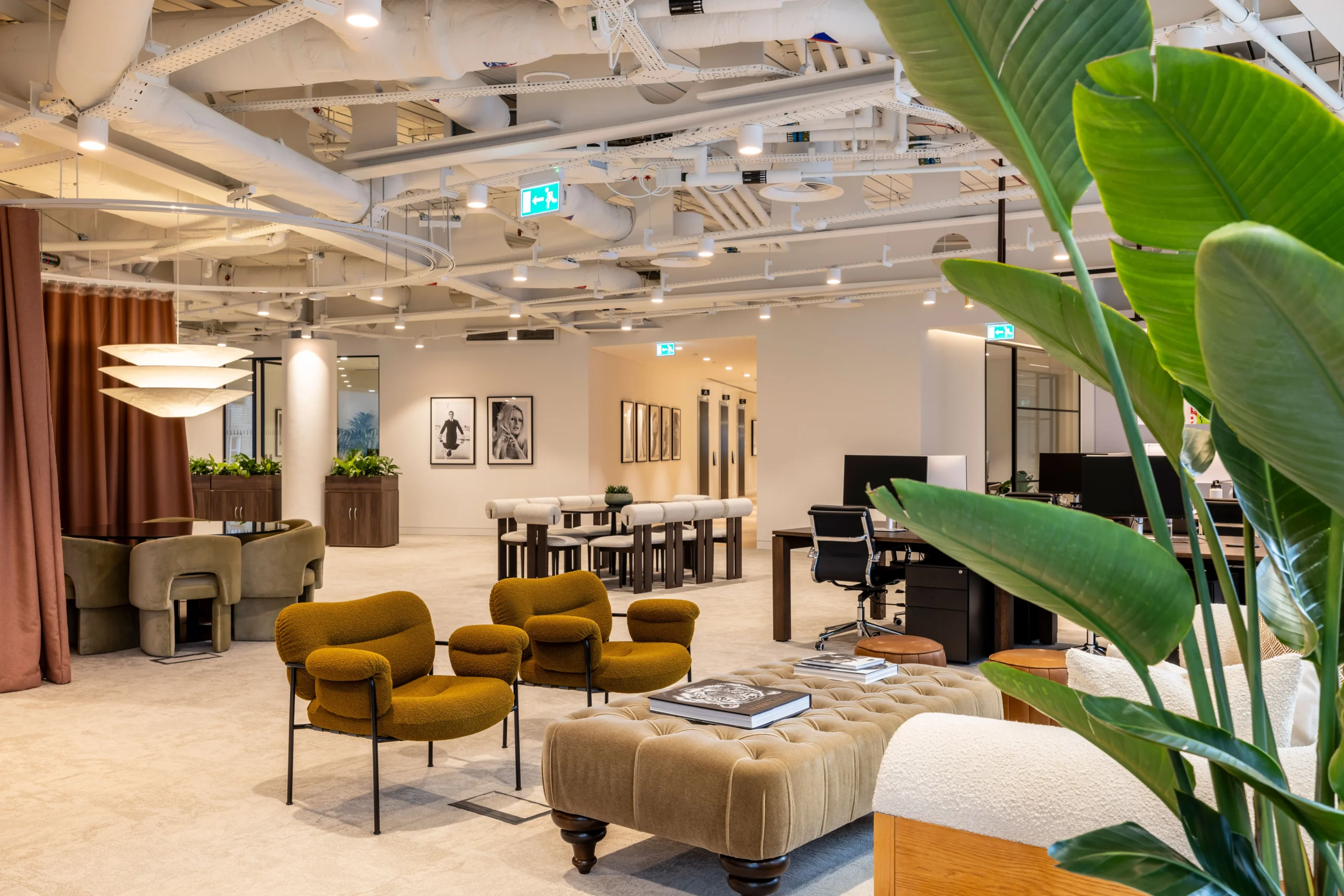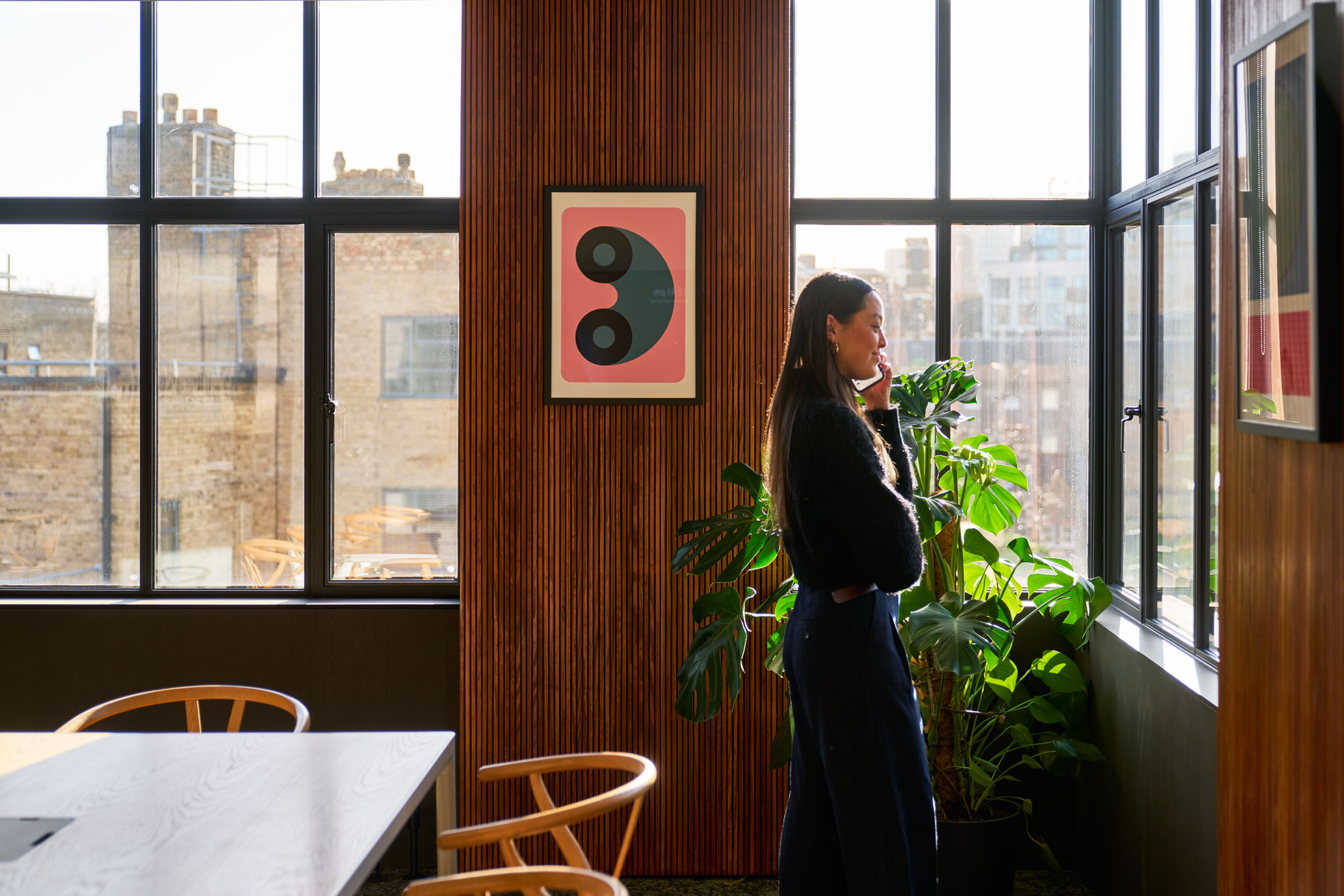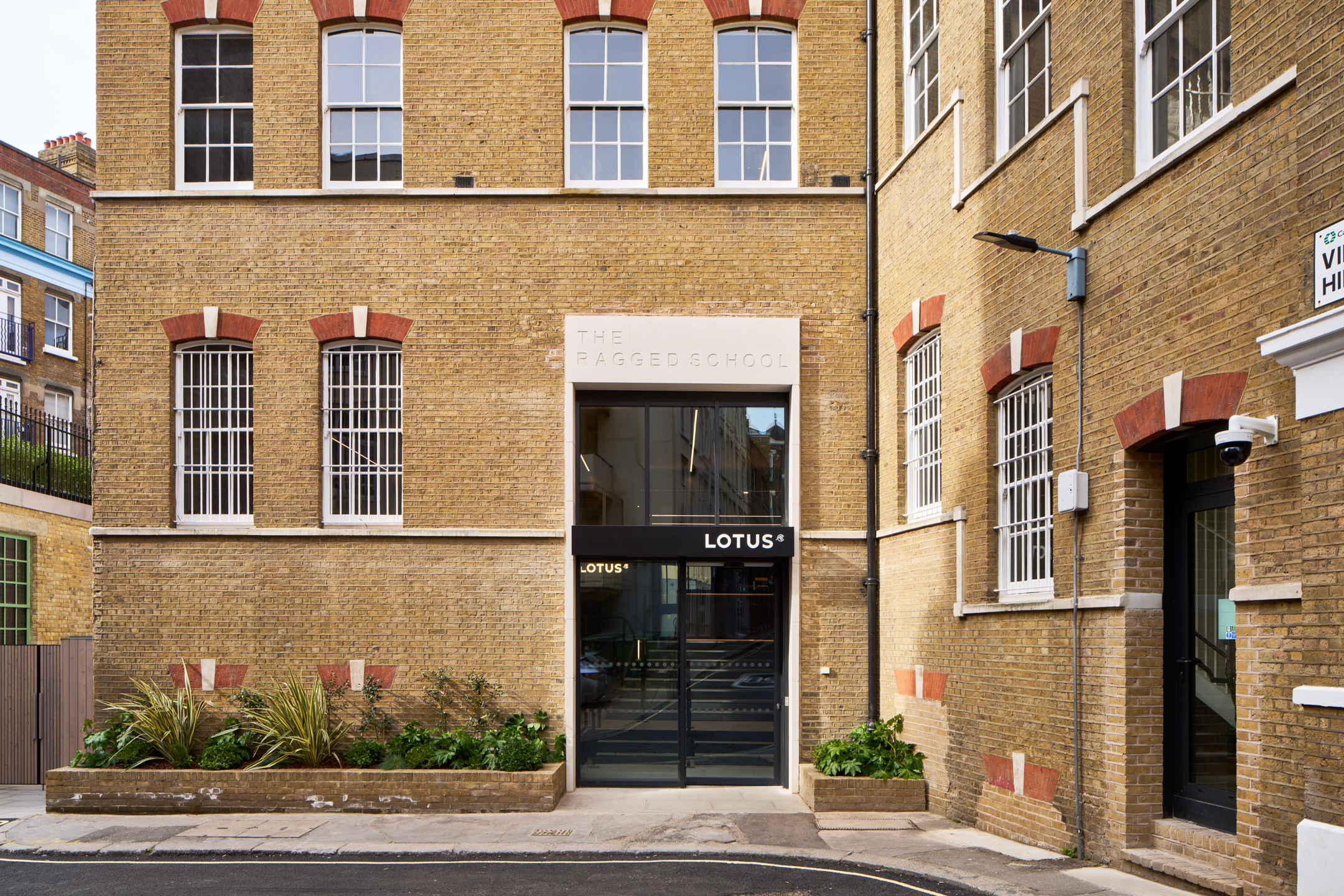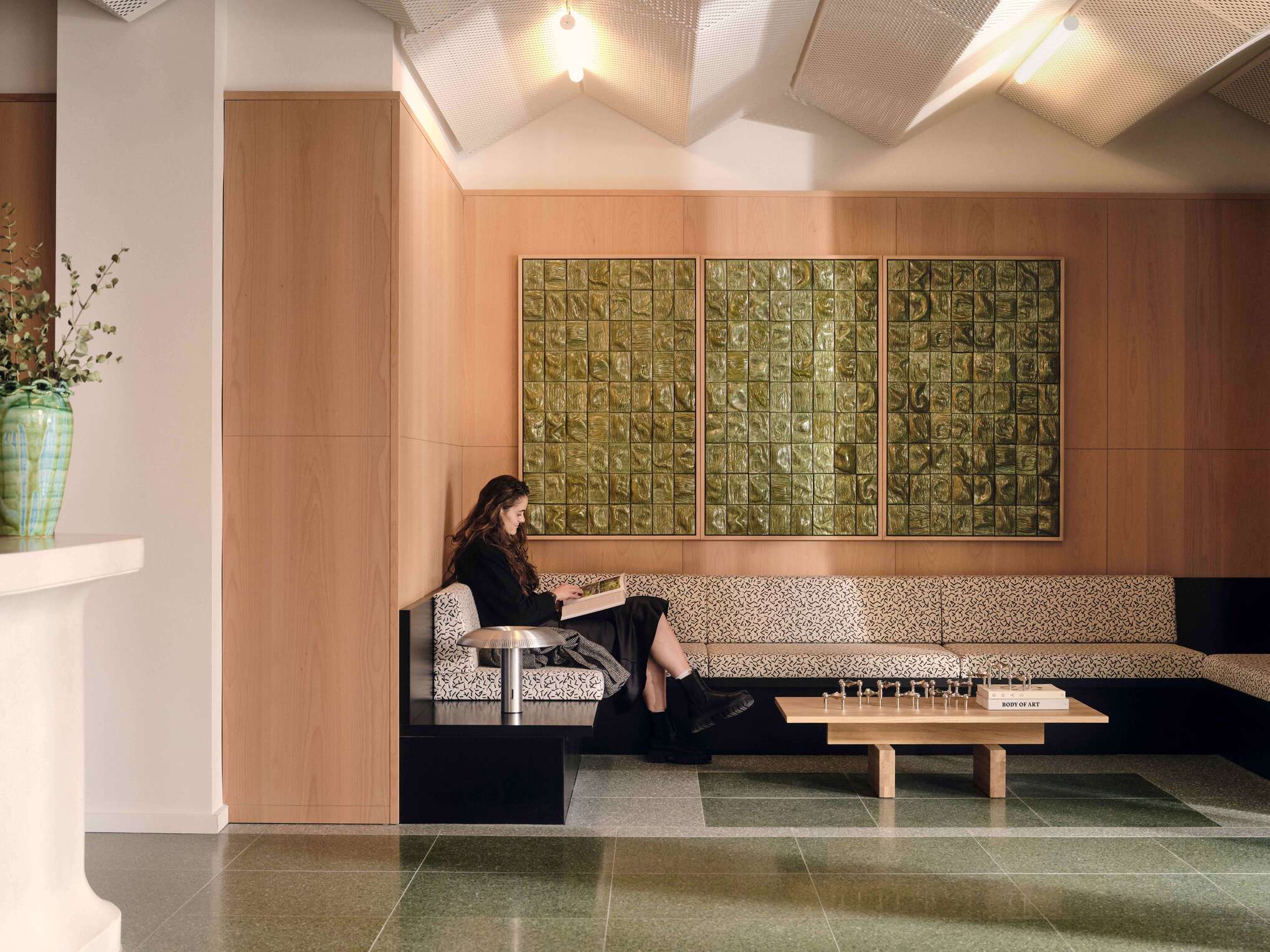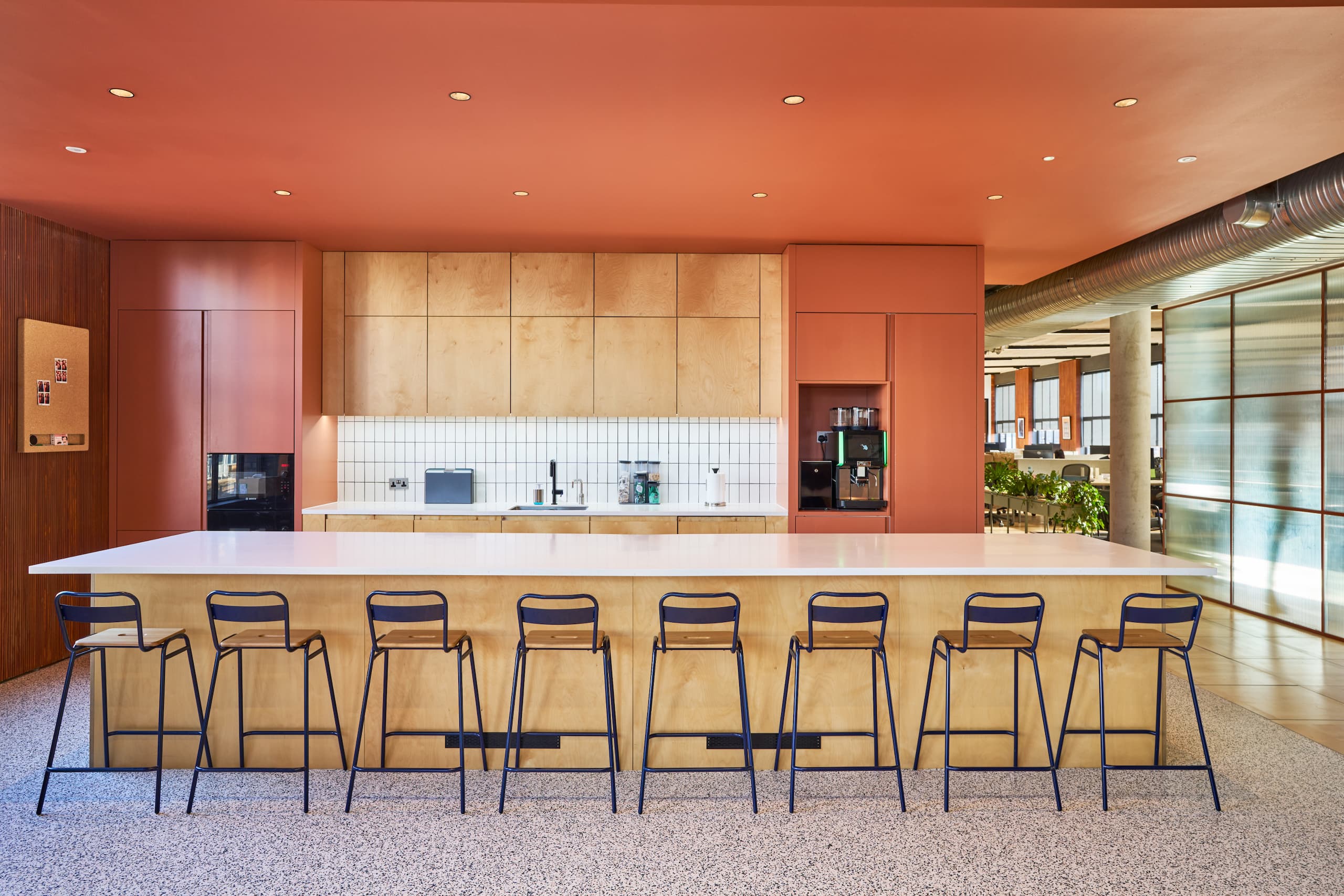Smart Technology Revolutionising Office Design and Wellbeing
As we leap forward into the next era of commercial office design, we happily leave the global pandemic in our rear-view mirrors and design for a better future. Since 2021, the office market has found itself on the precipice of a global awakening, founded on individual and collective wellbeing and quality of office space. As someone who has worked in the building services industry for 18 years, this could not have come soon enough. This dramatic shift in focus has and is redefining how projects are being designed, built, and maintained.
For those in the industry, I am sure we have all experienced the same situation on repeat. When the decision is made to value engineer a project, automatically we look to reduce the services scope without even attempting to value engineer other elements of the project! This ingrained behaviour has meant that sometimes the most important elements to creating a healthy, comfortable environment that is wellbeing focused is ditched at the first hurdle. In my experience, when things cannot be seen or understood, they can sometimes be deemed unimportant or, in some cases, not needed at all. Thankfully, the tide has turned, and we are moving towards the new era of design and build.
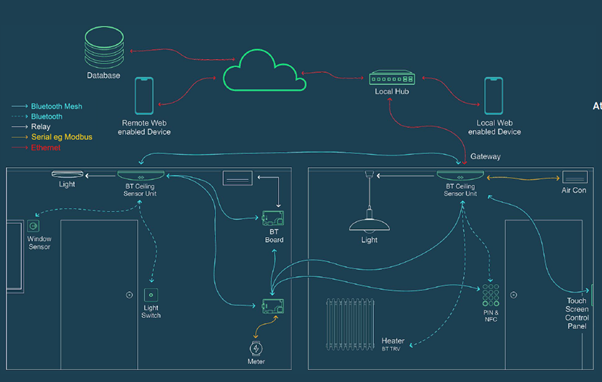
While there are many new innovations and developments within the building services area, one in particular has caught my attention in recent years. The development of intelligent technology and integrated monitoring within buildings has allowed for real-time tracking and reporting, helping clients manage and alter systems based on usage trends and employee needs, creating more tailored and efficient working environments.
This focus on monitoring and efficiency is more important than ever, as legislation, such as the Clean Air Bill, alongside consistent updates to Part F of the building regulations, means that what started as nice to have is becoming mandatory, for example, with air quality and CO2 monitoring.
Leaders in building services monitoring, Atamate have developed the atBOS system architecture, featured above. With more and more buildings becoming SMART, there are numerous trusted partners we work alongside to deploy this technology, one of which is Atamate. The following dashboard examples and the Surface mounted sensors are examples of their products and graphic user interfaces.
Atamate Dashboard Examples:
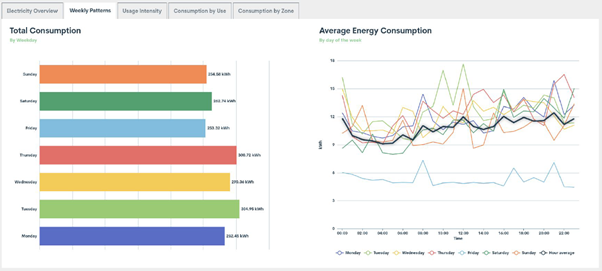
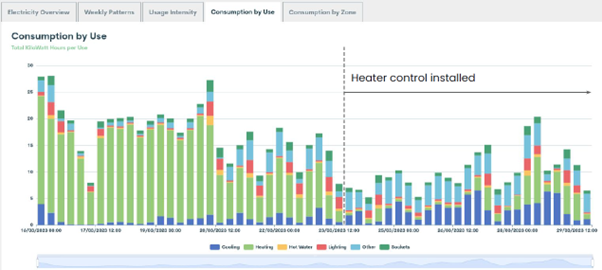
Historically, if any of the above were to be monitored, you were only able to access this information from a building’s BMS head end. Reports were able to be generated, however these were not client friendly and only available to building facilities management teams to digest. Being able to deliver this information to clients via a friendly graphic user interface means we can provide understandable, tangible findings to elements that were previously unseen and also enables us to explain with ease what the data means which historically was a “dark art”.
Already, the technology has evolved, and detection systems no bigger than a typical smoke detector are able to monitor significant volumes of data and feed in real time to your smartphone or tablet. The example below shows how a circular device, less than 15cm in diameter and 5cm in height can track an enormous amount of data within a space.
Mesh-3 Ceiling Sensor by Atamate Temperature
- Humidity
- PM2.5
- VOC
- CO2
- Noise levels,
- Ambient light
- Humidity
- Occupancy
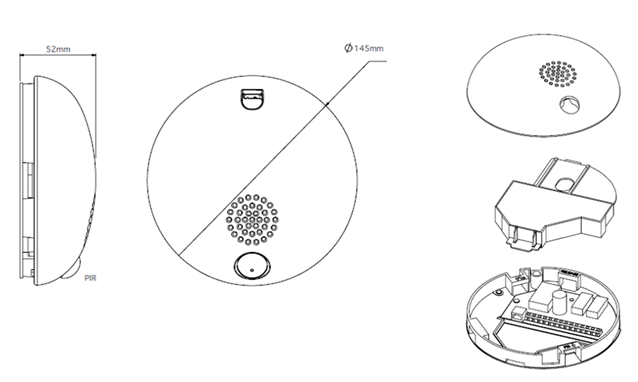
Deploying smart technology within buildings linked to HVAC systems provides building occupants with an optimised, efficient and “clean” space and, as a by-product, supports clients further by providing evidence-based data when needed to support their ESG policies and future goals.
Find out more about our Workplace Consultancy service here.
